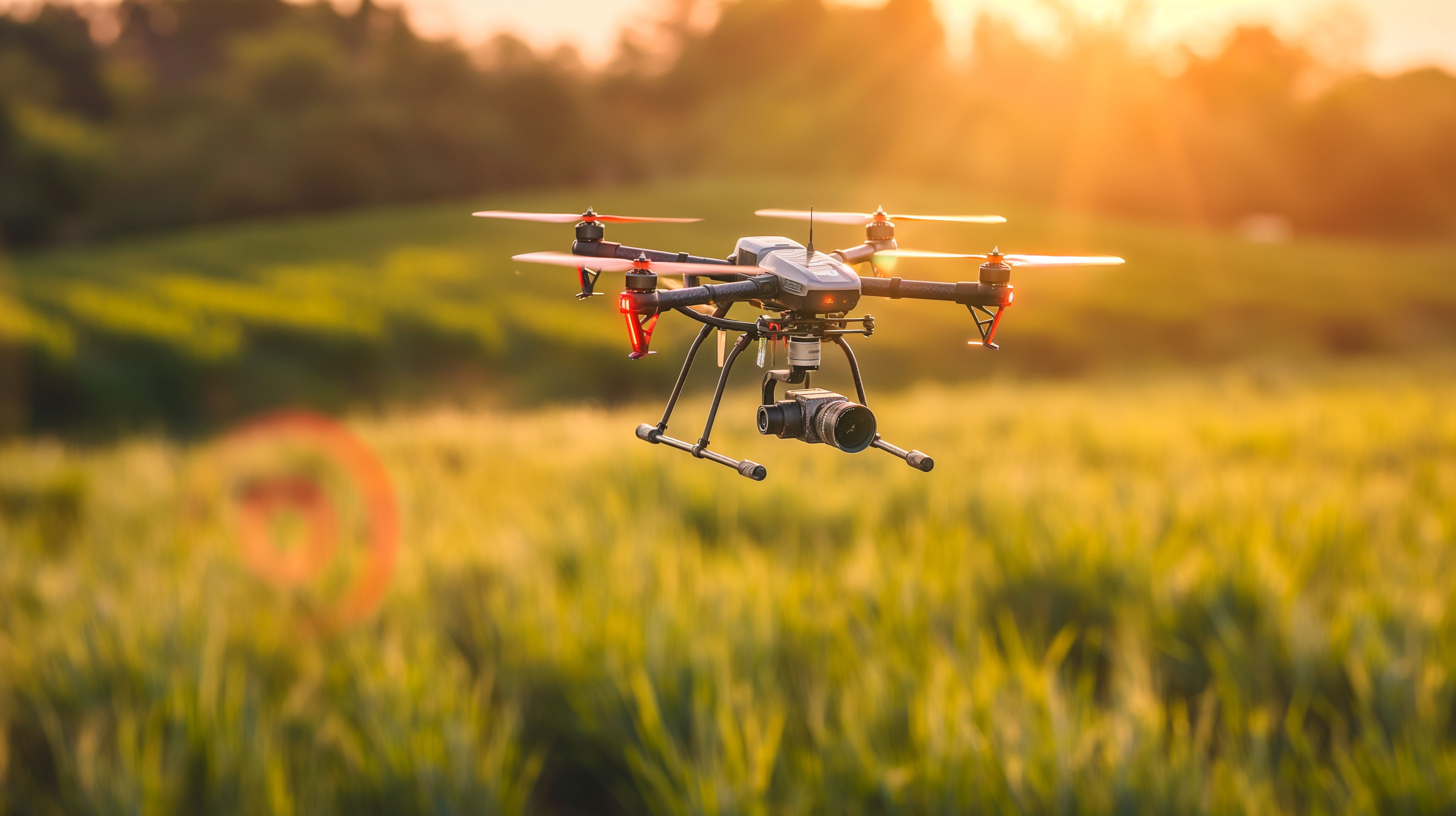Hyperspectral Imaging: An Examination of an Emerging Field in Spectroscopy
Here, we dive into hyperspectral imaging (HSI) and highlight a few recent studies using HSI in various applications.
Hyperspectral imaging is an advanced technique that captures and processes information across a wide range of the electromagnetic spectrum. Unlike traditional imaging methods that capture images in just three primary colors (red, green, and blue), hyperspectral imaging divides the spectrum into many more bands, often extending into the infrared and ultraviolet regions (1). This allows for the identification and analysis of materials and substances based on their spectral signatures, which are unique patterns of reflectance or emission at different wavelengths (1). Applications of hyperspectral imaging span various fields, including agriculture for crop monitoring, environmental science for detecting pollutants, medical diagnostics for identifying tissue abnormalities, and defense for surveillance and target identification. The technology's ability to provide detailed spectral and spatial information simultaneously makes it a powerful tool for enhancing the understanding and management of complex systems and processes (1).
Remote sensing technologies for early pest detection. Generated with AI. | Image Credit: © Maksym - stock.adobe.com

Recently, Spectroscopy magazine has published a few studies on HSI, which showcases how this technique is being used in various industries. Happy reading!
Researchers at the University of Kentucky employ non-destructive hyperspectral imaging and machine learning to predict and manage the physicochemical quality attributes of apples during storage, addressing the impact of codling moth infestation and revolutionizing apple quality assurance.
The purpose of this work is to achieve rapid and nondestructive determination of tilapia fillets storage time associated with its freshness. Here, we investigated the potential of hyperspectral imaging (HSI) combined with a convolutional neural network (CNN) in the visible and near-infrared region (vis-NIR or VNIR, 397−1003 nm) and the shortwave near-infrared region (SWNIR or SWIR, 935−1720 nm) for determining tilapia fillets freshness.
This article explores the use of a low-altitude unmanned aerial vehicle (UAV) hyperspectral remote-sensing system to identify typical degradation-indicator grass species in a desertified steppe in China. Grassland degradation-indicator species are crucial for assessing grassland degradation but are challenging to identify due to their sparse and random distribution. The study developed the ASI index (Artemisia frigida Willd. and Stipa breviflora Grisb.) and classification rules to enhance species identification. By amplifying differences in spectral characteristics between vegetation communities and using specific plant senescence reflectance-index bands, the researchers addressed identification difficulties caused by high similarity among ground objects.
This article discusses the development of an innovative intelligent inversion model for rapidly and accurately estimating soil organic matter (SOM) using soil hyperspectral methods. The model leverages multiscale fractal features combined with principal component analysis (PCA) of hyperspectral data. It involves calculating the local generalized Hurst exponent of spectral reflectivity through multiscale multifractal detrended fluctuation analysis (MMA) to identify sensitive spectral bands. PCA is then used to extract principal component features from these bands as model inputs. The estimation model employs two intelligent algorithms, random forest (RF) and a support vector machine (SVM).
References
(1) Specim, What is Hyperspectral Imaging: A Comprehensive Guide. Specim. Available at: https://www.specim.com/technology/what-is-hyperspectral-imaging/#:~:text=Hyperspectral%20imaging%20is%20a%20technique,analyzing%20their%20unique%20spectral%20signatures. (accessed 05-28-2024).
(2) Spectroscopy Staff, Cutting-Edge Technology Safeguards Apple Quality: Hyperspectral Imaging and Machine Learning to Combat Codling Moth Infestations. Spectroscopy. Available at: https://www.spectroscopyonline.com/view/cutting-edge-technology-safeguards-apple-quality-hyperspectral-imaging-and-machine-learning-to-combat-codling-moth-infestation (accessed 05-28-2024).
(3) Tang, S.; Li, P.; Chen, S.; et al. Hyperspectral Imaging Combined with Convolutional Neural Network for Rapid and Accurate Evaluation of Tilapia Fillet Freshness. Spectroscopy 2023, ASAP. DOI: 10.56530/spectroscopy.ae4768d1
(4) Gao, X.; Hao, F.; Pi, W.; et al. Identification and Classification of Degradation-Indicator Grass Species in a Desertified Steppe Based on HSI-UAV. Spectroscopy Suppl. 2023, 38 (s11), 14–20. DOI: 10.56530/spectroscopy.dr5881c1
(5) He, S.; Zhou, Q.; Wang, F.; et al. Soil Organic Matter Estimation Modeling Using Fractal Feature of Soil for vis-NIR Hyperspectral Imaging. Spectroscopy Suppl. 2023, 38 (s11), 40–47. DOI: 10.56530/spectroscopy.fz7077a2
Newsletter
Get essential updates on the latest spectroscopy technologies, regulatory standards, and best practices—subscribe today to Spectroscopy.
Hyperspectral Imaging for Walnut Quality Assessment and Shelf-Life Classification
June 12th 2025Researchers from Hebei University and Hebei University of Engineering have developed a hyperspectral imaging method combined with data fusion and machine learning to accurately and non-destructively assess walnut quality and classify storage periods.
Researchers Use Machine Learning and Hyperspectral Imaging to Pinpoint Best Apple Bagging Techniques
June 12th 2025A new study demonstrates that paper bagging significantly enhances Fuji apple quality and appearance. Hyperspectral imaging combined with machine learning offers a powerful, non-destructive method for evaluating fruit grown under different cultivation conditions.